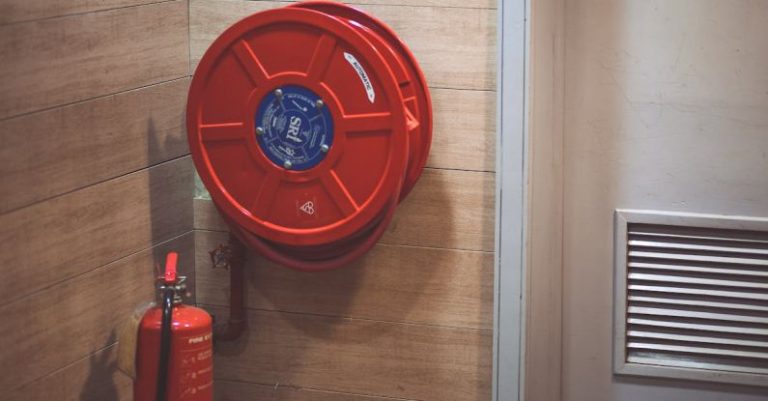Enhancing the Aesthetics of Buildings with Composite Materials
Architectural design has evolved over the years, with advancements in materials playing a significant role in shaping the aesthetics of buildings. One such material that has gained popularity for its versatility and aesthetic appeal is composite materials. Combining the strengths of different materials, composites offer a unique blend of durability, flexibility, and visual appeal that has transformed the way buildings are designed and constructed.
**Unleashing Creative Possibilities**
Composite materials have opened up a world of creative possibilities for architects and designers. With the ability to be molded into almost any shape or form, composites allow for the creation of intricate designs that were once thought impossible. Whether it’s curved facades, geometric patterns, or futuristic structures, composite materials provide the flexibility needed to bring innovative architectural visions to life.
**Seamless Integration**
One of the key advantages of using composite materials in building design is their ability to seamlessly integrate with other construction components. Unlike traditional building materials like concrete or steel, composites can be easily combined with glass, wood, or metal to create visually stunning facades and interiors. This seamless integration not only enhances the aesthetics of the building but also allows for greater design freedom and creativity.
**Durability and Longevity**
In addition to their aesthetic appeal, composite materials are also known for their durability and longevity. Made from a combination of materials such as fiberglass, carbon fiber, and resins, composites are highly resistant to corrosion, weathering, and impact. This makes them an ideal choice for buildings located in harsh environments or high-traffic areas where durability is paramount. With minimal maintenance requirements, composite materials offer a cost-effective solution for long-term building aesthetics.
**Sustainable Design**
As the world increasingly focuses on sustainable and environmentally friendly practices, composite materials have emerged as a preferred choice for eco-conscious architects and builders. Composites can be manufactured using recycled materials, reducing the environmental impact of construction projects. Additionally, their lightweight nature helps reduce transportation costs and carbon emissions during the building process. By choosing composite materials, architects can not only enhance the aesthetics of their buildings but also contribute to a more sustainable future.
**Versatility in Design**
The versatility of composite materials extends beyond their aesthetic appeal. With a wide range of colors, textures, and finishes available, architects have the freedom to explore various design possibilities to create unique and eye-catching buildings. Whether it’s a sleek and modern facade or a traditional and rustic interior, composite materials can be customized to suit any design style or architectural concept. This versatility allows architects to push the boundaries of traditional design and create buildings that stand out in today’s competitive architectural landscape.
**Elevating the Urban Landscape**
In urban environments where buildings compete for attention, the use of composite materials can help elevate the overall aesthetic appeal of a cityscape. By incorporating innovative designs and materials, architects can transform mundane structures into architectural landmarks that capture the imagination of residents and visitors alike. Composite materials offer a way to infuse creativity and artistry into the urban fabric, turning ordinary buildings into works of art that enhance the visual experience of the city.
**Innovative Applications**
The application of composite materials in building design is not limited to facades and interiors. From structural elements like beams and columns to decorative features like cladding and panels, composites can be used in various aspects of construction to enhance both form and function. As technology continues to advance, new composite materials are being developed that offer even greater possibilities for architects and designers to explore. By staying at the forefront of these innovations, architects can continue to push the boundaries of building design and create spaces that inspire and delight.
**Enhancing the Aesthetics of Tomorrow**
In conclusion, composite materials have revolutionized the way buildings are designed and constructed, offering a blend of aesthetics, durability, and sustainability that is unmatched by traditional building materials. By embracing the creative possibilities of composites, architects can elevate the aesthetics of their buildings, create sustainable and long-lasting structures, and contribute to the beauty and vibrancy of the urban landscape. As the architectural world continues to evolve, composite materials will undoubtedly play a key role in shaping the buildings of tomorrow, where creativity and innovation know no bounds.






